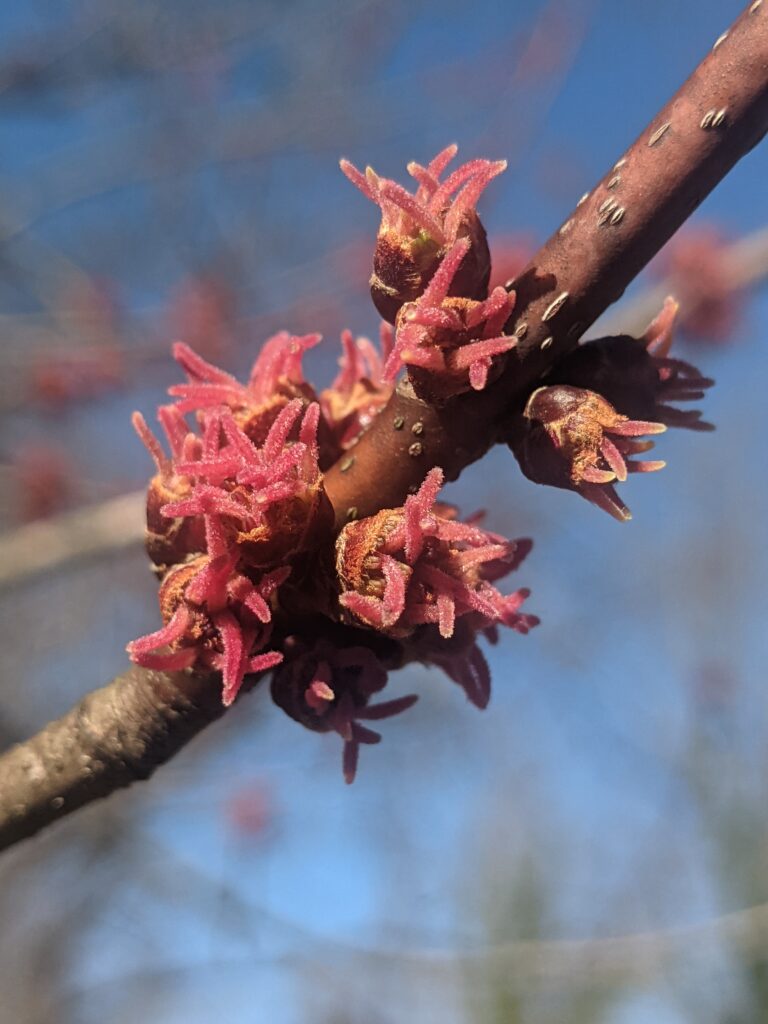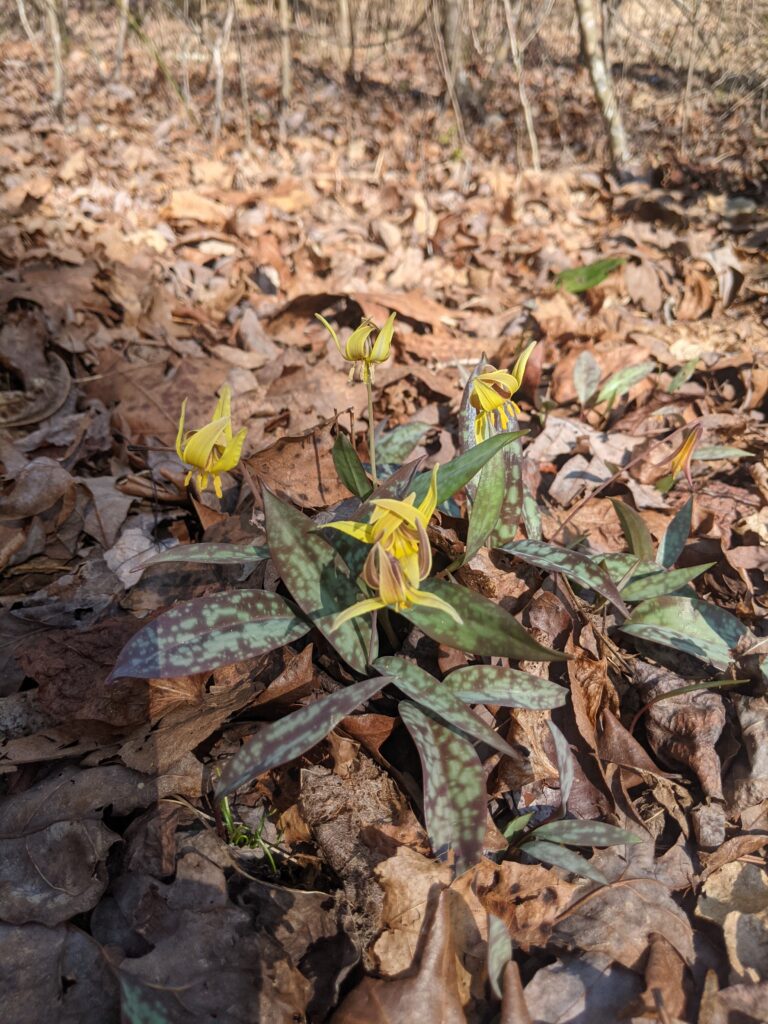Flora Fridays – March 8, 2024
go.ncsu.edu/readext?991522
en Español / em Português
El inglés es el idioma de control de esta página. En la medida en que haya algún conflicto entre la traducción al inglés y la traducción, el inglés prevalece.
Al hacer clic en el enlace de traducción se activa un servicio de traducción gratuito para convertir la página al español. Al igual que con cualquier traducción por Internet, la conversión no es sensible al contexto y puede que no traduzca el texto en su significado original. NC State Extension no garantiza la exactitud del texto traducido. Por favor, tenga en cuenta que algunas aplicaciones y/o servicios pueden no funcionar como se espera cuando se traducen.
Português
Inglês é o idioma de controle desta página. Na medida que haja algum conflito entre o texto original em Inglês e a tradução, o Inglês prevalece.
Ao clicar no link de tradução, um serviço gratuito de tradução será ativado para converter a página para o Português. Como em qualquer tradução pela internet, a conversão não é sensivel ao contexto e pode não ocorrer a tradução para o significado orginal. O serviço de Extensão da Carolina do Norte (NC State Extension) não garante a exatidão do texto traduzido. Por favor, observe que algumas funções ou serviços podem não funcionar como esperado após a tradução.
English
English is the controlling language of this page. To the extent there is any conflict between the English text and the translation, English controls.
Clicking on the translation link activates a free translation service to convert the page to Spanish. As with any Internet translation, the conversion is not context-sensitive and may not translate the text to its original meaning. NC State Extension does not guarantee the accuracy of the translated text. Please note that some applications and/or services may not function as expected when translated.
Collapse ▲Early Wildflowers
In this edition of Flora Fridays, we present a few wildflowers currently showing off in the Uwharrie region. Wildflowers should not be collected or picked, and many are protected. Snap a picture instead to appreciate or share with others. While the species listed below are not the only plants of interest this time of year, we hope they inspire you to seek out and notice the natural beauty in your neck of the woods.
Trout Lily
Take a walk in the woods in the early spring and one is almost certain to find this humble wildflower. Trout lilies, Erythronium americanum, are spring ephemerals. Ephemerals grow for a short period and are dormant below ground the majority of the year. Trout lilies emerge from the leaf litter starting in January, their intricately mottled leaves poking up through the ground followed by yellow flowers through March. This all occurs before overhead trees and shrubs leaf out for the summer, when the sun penetrates through the canopy to the understory. Trout lilies can be found in moist, rich soils in undergrowth or partially shaded areas. They grow from bulbs and can colonize large areas over time. Some species flower in whites, pinks and even purple hues.
Red Maple
The red maple, Acer rubrum, began flowering in February in the Uwharrie region. The delicate blooms can easily be overlooked, but upon close inspection their beauty is revealed. Not only are they pleasing to the eye, but many wildlife species depend on this tree’s food sources. Bees benefit from the early source of nectar as their activity increases with the warmer weather and longer daylight hours. Imperial moth larvae use the red maple as a host food source each summer. The palm sized adult moths do not feed, and are recognized by their bright yellow and pink-red wings. Winged red maple seeds, or samaras, produced from the pollinated flowers are enjoyed by birds, squirrels, and other resident foraging animals. In the fall, red maples put on yet another show by their colorful red, yellow, and orange leaves.

Hepatica
Hepatica is another wildflower that inhabits our area and blooms early in the year. The round-lobed hepatica (Hepatica americana) boasts small lavender-blue flowers held up by fuzzy red scapes. The leaves are uniquely trilobate or kidney shaped, mottled with dark green and purple. These plants can be found in most forested areas. While the flowers do not last into the summer, the leaves remain persistent and turn bronze over time into the following winter.

On your next venture outdoors, watch for these early season blooms in the forest. Research studies document the benefits of spending time outside and in nature, even short periods can positively impact one’s health. The term forest bathing has emerged to describe this therapeutic phenomenon, encouraging increased exposure to nature in a world of technology. It can be as simple as walking in a park or wooded area, paying special attention to notice the sounds and sights of nature. Even a few minutes can be refreshing.
We hope you have enjoyed this edition of Flora Fridays! Please consider leaving feedback in the box below. At Extension, we are here to listen to and address your needs.
Check out past Flora Fridays.





